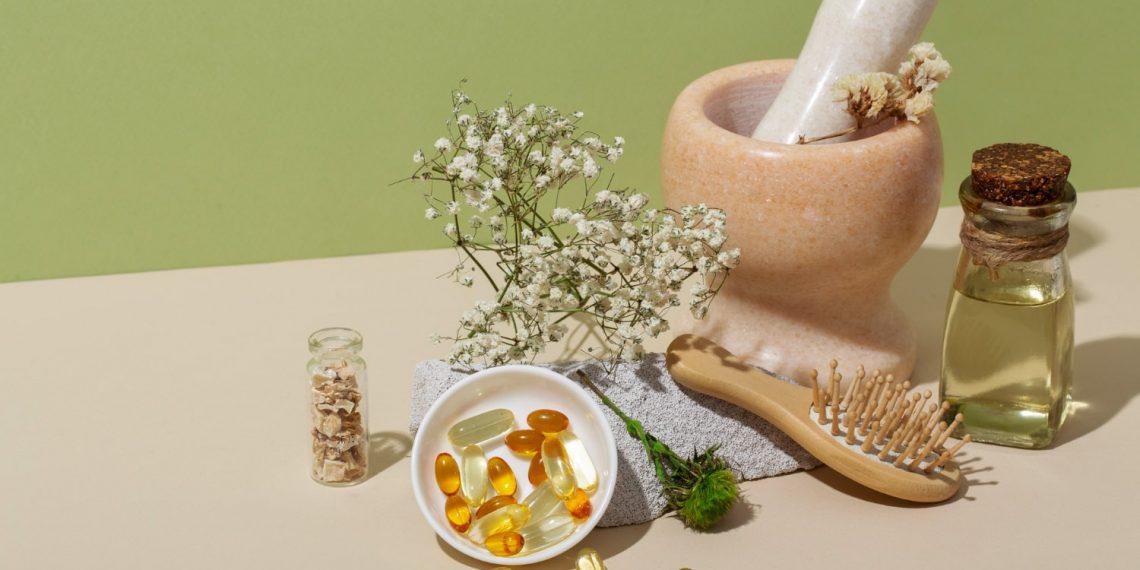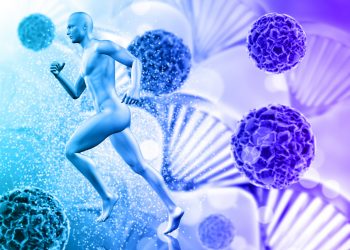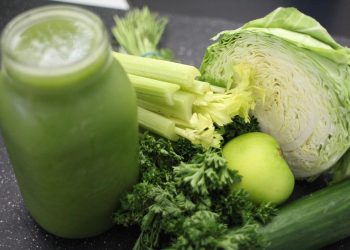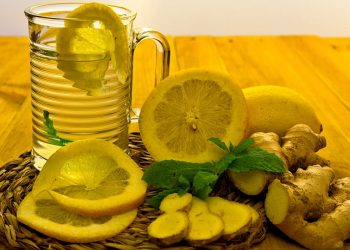Pain can feel like an unwelcome companion, shadowing you through your daily life. Holistic secrets to naturally alleviate pain can empower you to take back control. Imagine waking up and feeling free from those nagging aches, ready to embrace your day. It’s more than just a dream; it’s a reality that’s within reach.
Contents
Understanding Holistic Pain Relief
Holistic pain relief isn’t just about masking symptoms. It’s about treating the whole person—mind, body, and spirit. By tapping into natural remedies and lifestyle changes, you can promote healing from the inside out. This approach not only helps alleviate pain but also enhances your overall well-being.
Why does this matter? Because conventional methods often focus solely on the symptoms, leaving the root cause unaddressed. By embracing holistic methods, you can find sustainable relief and improve your quality of life.
1. Mindfulness and Meditation
Mindfulness is a powerful tool in your arsenal. It involves being fully present, focusing on your breath, and letting go of distractions. Research shows that mindfulness can reduce chronic pain by altering how your brain processes pain signals.
How to Practice Mindfulness:
- Set aside 5-10 minutes daily for quiet reflection.
- Find a comfortable space where you won’t be disturbed.
- Focus on your breath, inhaling deeply and exhaling slowly.
You’ll be amazed at how much clarity and calmness you can cultivate.
2. Movement and Exercise
Your body was designed to move, and incorporating regular physical activity can work wonders. Whether it’s yoga, swimming, or a brisk walk, movement increases blood flow and releases endorphins, your body’s natural painkillers.
Tips for Movement:
- Start small—even a 10-minute walk can make a difference.
- Choose activities that you enjoy to make it sustainable.
- Listen to your body; don’t push through pain.
Find what you love and make it a part of your life.
3. Nutrition and Anti-Inflammatory Foods
What you put into your body matters. Certain foods can either fuel inflammation or combat it. Embrace a diet rich in whole foods, fruits, and veggies to help reduce pain.
Anti-Inflammatory Foods to Consider:
- Berries: Packed with antioxidants.
- Fatty Fish: Like salmon, rich in omega-3s.
- Leafy Greens: Such as spinach and kale.
By nourishing your body, you’re not just feeding it; you’re healing it.
4. Essential Oils
Aromatherapy isn’t just for relaxation; it can also help alleviate pain. Essential oils like lavender, peppermint, and eucalyptus possess anti-inflammatory properties that can ease discomfort.
How to Use Essential Oils:
- Diffuse in your home for a calming atmosphere.
- Dilute with a carrier oil and massage into sore areas.
- Add to a warm bath for a soothing soak.
Embrace these fragrant allies on your healing journey.
5. Acupuncture
Acupuncture has been used for centuries to relieve pain. This ancient practice involves inserting thin needles into specific points on your body to promote energy flow and healing. Studies have shown it can be effective for various types of pain, from migraines to back pain.
What to Expect:
- Find a licensed practitioner for the best results.
- Discuss your specific pain concerns before your session.
- Stay open-minded; experiences may vary.
You might discover a new path to relief.
6. Herbal Remedies
Nature provides a treasure trove of herbs that can help alleviate pain. Turmeric, ginger, and willow bark are just a few of the natural remedies that have shown promise in reducing inflammation and discomfort.
How to Incorporate Herbs:
- Add turmeric to your meals for its anti-inflammatory properties.
- Brew ginger tea for digestive and pain relief.
- Consult with a herbalist for personalized recommendations.
Harness the power of nature to support your healing process.
7. Adequate Sleep
Never underestimate the power of a good night’s sleep. Sleep is when your body restores and rejuvenates itself. Lack of sleep can amplify pain, leading to a vicious cycle.
Tips for Better Sleep:
- Establish a bedtime routine to signal your body it’s time to wind down.
- Create a comfortable sleep environment—dark, cool, and quiet.
- Limit screen time before bed to promote better sleep quality.
Prioritize your rest; it’s essential for healing.
8. Social Connections
Your emotional health plays a significant role in how you experience pain. Building strong social connections can provide support, reduce stress, and improve your overall outlook.
Ways to Connect:
- Join a support group related to your pain issues.
- Reach out to friends or family for a chat or coffee.
- Engage in community activities that interest you.
Don’t underestimate the healing power of companionship.
9. Hot and Cold Therapy
This age-old remedy can be incredibly effective for pain relief. Heat relaxes muscles and improves blood flow, while cold therapy numbs sharp pain and reduces inflammation.
How to Use Hot and Cold Therapy:
- Apply a warm towel or heating pad to sore areas.
- Use ice packs wrapped in a cloth for acute pain relief.
- Alternate between hot and cold for the best results.
Listen to your body and find what works best for you.
10. Journaling
Writing down your thoughts and feelings can be a therapeutic way to process pain. Journaling allows you to explore your emotions, track pain patterns, and celebrate small victories in your healing journey.
Tips for Journaling:
- Set aside time each day to jot down your thoughts.
- Be honest and open; this is your safe space.
- Reflect on what you’re grateful for, even amidst pain.
You might find clarity and peace through the written word.
Bottom Line
Embracing holistic secrets to naturally alleviate pain can be transformative. By integrating these practices into your life, you can experience relief that goes beyond the surface. Every small step you take brings you closer to a pain-free existence.
You deserve to live fully, without the constraints of discomfort. So why not start today?
FAQ
Q: How long does it take to see results from holistic pain relief methods?
A: Results can vary based on the individual and the method used. Some may feel immediate relief, while others may take weeks of consistent practice.
Q: Are holistic methods safe for everyone?
A: Most holistic methods are safe for most people. However, it’s always best to consult with a healthcare provider, especially if you have underlying health conditions.
Q: Can I combine these holistic methods with conventional treatments?
A: Yes! Many people find that a combination of holistic and conventional treatments offers the best results. Always discuss any changes with your healthcare provider.
Now, go ahead and take the first step towards a more vibrant, pain-free life!
Get Your FREE Natural Health Guide!
Subscribe now and receive our exclusive ebook packed with natural health tips, practical wellness advice, and easy lifestyle changes — delivered straight to your inbox.















